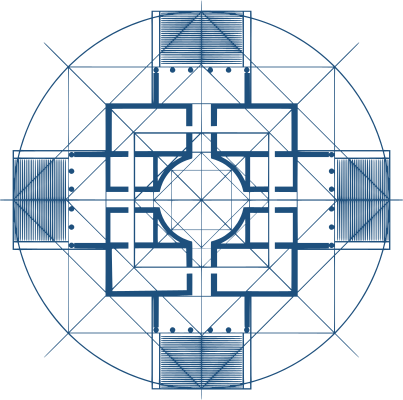Abstract
Drawing on a critical review of the relevant trans-disciplinary literature, and combining it with the method of auto-ethnography, this paper analyzes the sociocultural impact of distance learning. The aim is to highlight how, in the age of ‘post-education’ (Serpieri, 2020) and of ‘platformized’ educational institutions (van Dijck, Poell & de Waal, 2019), we are witnessing an intensification of screen-based discipline, but also a parallel explosion of creative potential, in pedagogical processes. This two-way transformation of educational systems will be here defined as the emergence of a new ‘edu-rhythm’, bearing in mind Alfred N. Whitehead’s philosophy of education (1947), and its focus (much before the advent of e-learning technologies and social media) on the organic rhythm of education as the gradual growth of a teaching/learning cell, a process characterized by different developmental phases and by an alternate need for disciplined attention and free distraction. Following this line of thought, the paper proposes to think the physical and mental performativity induced by contemporary platforms (between attention and distraction, or between the relative speed and slowness of teaching and learning) together with the autonomous performativity of algorithms, in order to understand the social and cultural transformations of education in terms of a new cybernetic rhythm.
Keywords
Download
Portanova S. (2021) "Towards a High Frequency Education: Challenges and Possibilities
", Italian Journal of Sociology of Education, 13(2), 219-240. DOI: 10.14658/PUPJ-IJSE-2021-2-10
Year of Publication
2021
Journal
Italian Journal of Sociology of Education
Volume
13
Issue Number
2
Start Page
219
Last Page
240
Date Published
07/2021
ISSN Number
2035-4983
Serial Article Number
10
DOI
10.14658/PUPJ-IJSE-2021-2-10
Section
Articles

 © 2025 Padova University Press - Università degli Studi di Padova
© 2025 Padova University Press - Università degli Studi di Padova